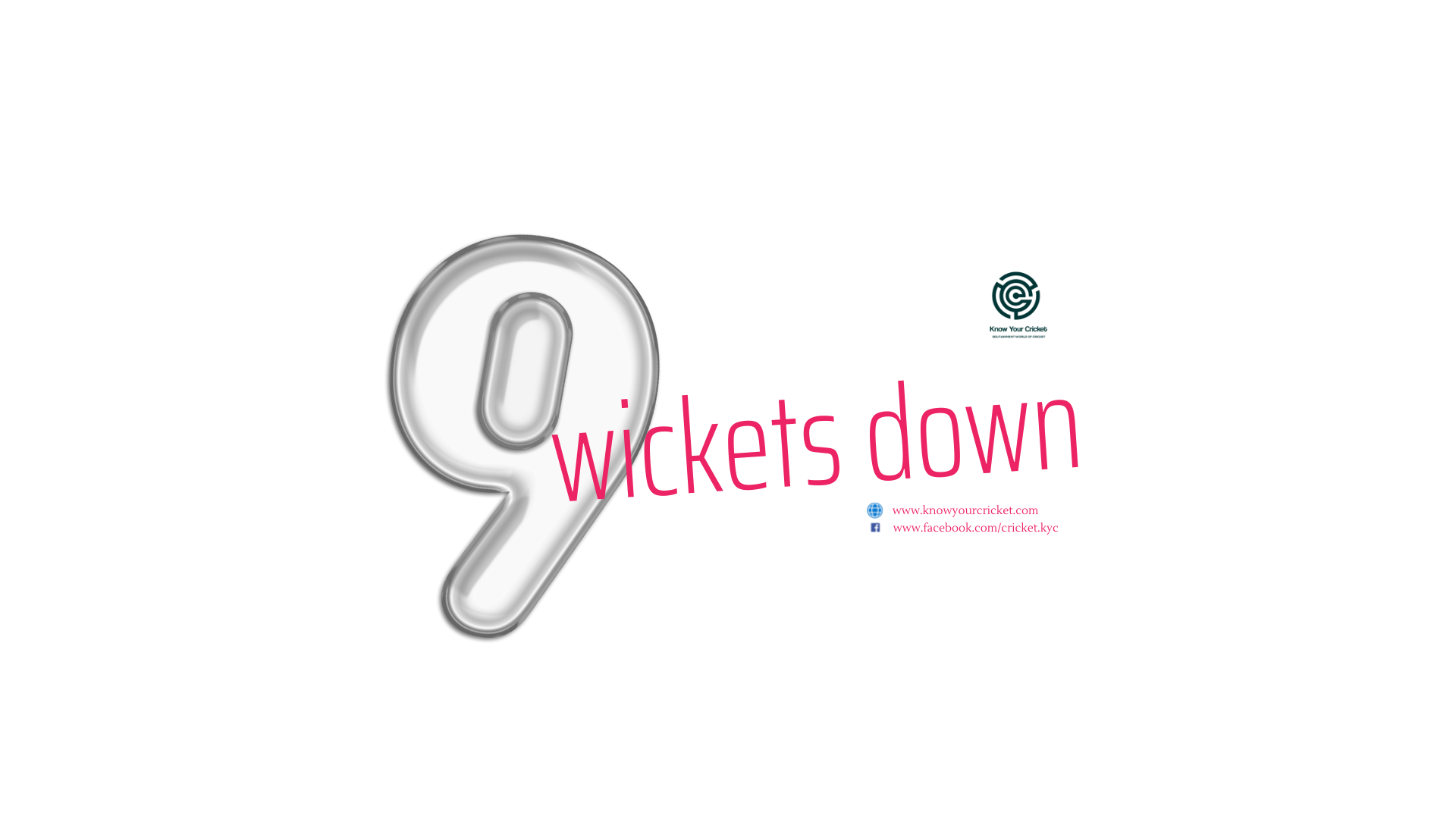Reference at the time of writing this article: MCC’s The Laws of Cricket, 2017 Code (3rd Edition–2022). ICC World Test Championship 2021-23. ICC Men’s Test Match Playing condition (November 2022), ICC Women’s Test Match Playing condition (May 2022).
Each day of a test match comprises multiple playing sessions and multiple intervals. Each day, the game witnesses: 3 playing sessions, 3 drinks intervals, 1 lunch interval, and 1 tea interval. In fact, the time between the
end of the day’s play on any day and the next day is also considered an interval.
Scheduled time for these sessions and the intervals are decided prior to the start of the game. Even though the session timings are pre-decided, there are multiple game scenarios that alter the session timings. In a similar way, even though the duration of the intervals is fixed, the time at which these intervals are to be taken get affected by many of the game scenarios. One such scenario which affects the time when either lunch or tea interval can be
taken is the “9 Wickets Down”.
Under normal circumstances, the interval will be taken when the time for the interval is reached. If an over is in progress when the time for the interval is reached, the interval will be taken only at the end of the over, or if any
wicket falls during that over. However, as mentioned above, under the ‘9 Wickets Down” scenario, the session usually gets extended even though the time for the lunch or tea interval is reached.
Let us now understand, under this clause, the time and duration by which the session gets extended, and let us also understand if any condition exists in the game that can cut short this extension.
The time for lunch or tea interval will be delayed if:
- 9 wickets are already down when 3 mins remain to the interval, or
- 9th wicket falls during the 3 min period to the interval, or
- 9th wicket falls during the over in progress when the time for the interval is reached. This includes even if the wicket falls after the time for the interval has been reached.
Note: For this clause to come into effect, only the dismissal has to occur and retirement of the batter is not considered for extension.
Whenever any of the above conditions are satisfied, the session in progress gets extended by a maximum of 30 min. When the session gets extended this way, the extended session not necessarily can go on for the entire duration of 30 min. There are a few conditions that can cut short this extension.
The extended session can go on till any of the below-mentioned conditions is met and an interval is taken at the instance of session termination.
- 30 min of play without the innings coming to an end, or
- Innings coming to an end within this extension period, or
- Players leave the field for any type of interruption in play within this extension
This extension in session is not a bonus time given in a game but is readjusted from the next session in order to ensure that the entire day’s playing session duration remains unaltered.
So, next time don’t be surprised if you see the interval getting extended. The ‘9 Wickets Down’ scenario can be one of the reasons for change.

